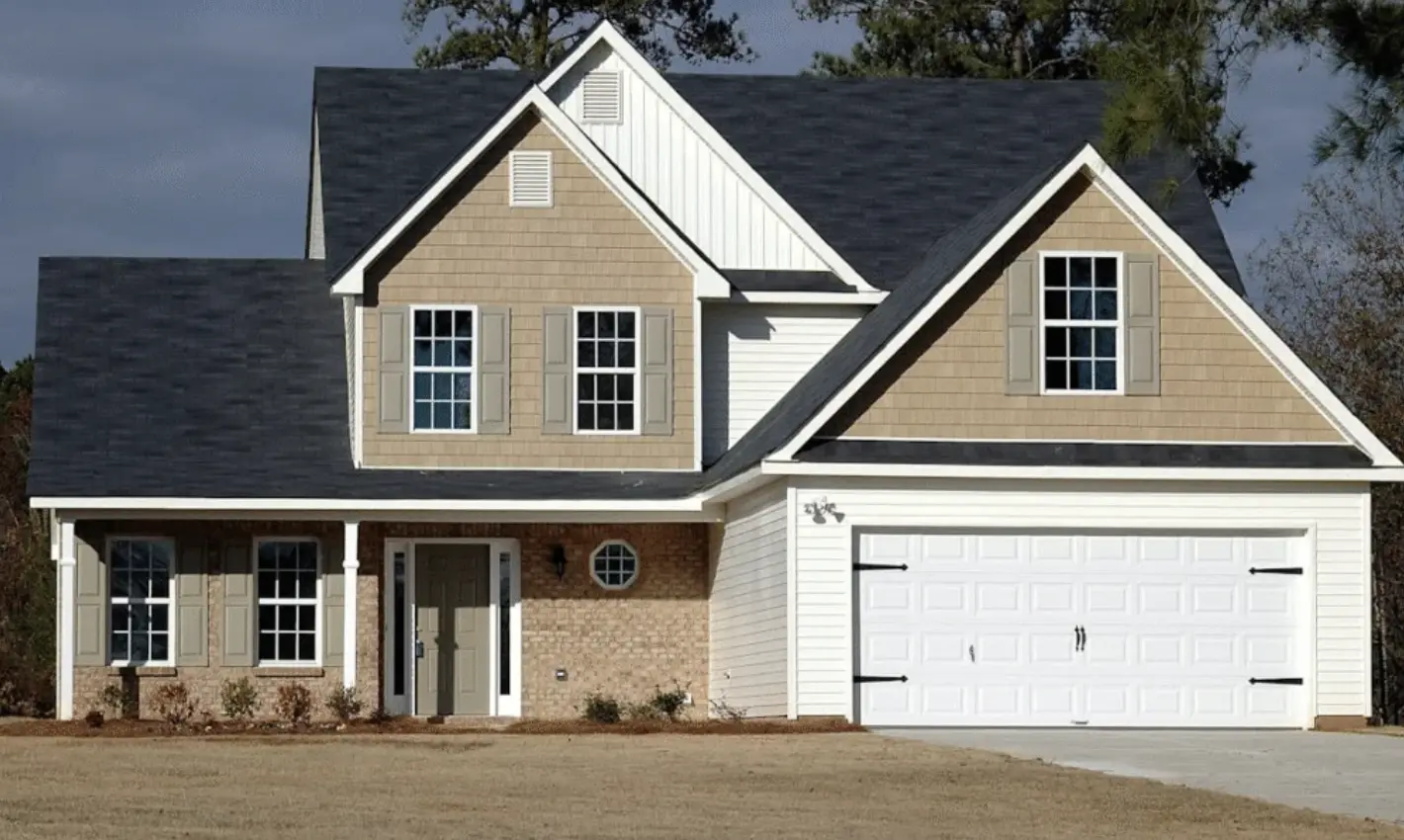Beautify Your Backyard: Landscaping Tips Every Homeowner Should Know

If you’re aiming to improve your outdoor area, start by cleaning it up. A cluttered or overgrown setting makes it harder to plan or enjoy anything. You don’t need to overhaul everything at once, but trimming trees, clearing debris, and preparing the soil lays a solid foundation for what comes next. Think about your routine. Do you spend weekends outside, have kids who play there, or entertain guests?
Your cleanup efforts should support those goals. Simple changes, like getting rid of broken items or outdated furniture, make a noticeable difference. And before diving into design ideas, it helps to have the right tools.
Here’s how you can improve your backyard:
Clear and Prep the Ground First
Before adding plants or any decorative features, clear the surface. Old branches, weeds, and overgrown bushes can block sunlight, attract pests, and make the entire space feel chaotic. Start by removing items you no longer use. Then cut back any excessive growth and pull up weeds from the root. If you’re dealing with compacted soil, break it up using a garden fork or tiller.
This helps air and water reach the roots of whatever you plant next. It’s also a good time to check if water tends to pool in certain areas after rain. Fixing that early can prevent soggy spots and dying plants. Once your ground is level and clean, you’ll have a better idea of how to move forward with layout, greenery, and features.
Simplify Yard Waste Management to Speed Up Progress
Trimming shrubs and chopping tree branches creates piles of green waste. Hauling it all to the curb or a compost site can quickly become a chore. This is where reliable tools make a big difference. The chipper shredder options at reputable equipment providers can help break down limbs, twigs, and other plant debris into smaller, more usable pieces. You can reuse the output as mulch or compost material, cutting disposal time and helping your garden thrive.
These machines are built for efficiency, making them a smart investment if you handle yard work regularly. You’ll save space, reduce trash loads, and turn waste into something helpful. If you’re managing a large space or doing seasonal cleanups, this kind of tool keeps things moving without slowing you down.
Plan with a Purpose: Function and Flow Matter
Designing your outdoor setting around how you actually use it makes planning easier. If you enjoy eating outside, consider setting up a dining area near the kitchen. If you like reading in the shade, map out a cozy corner under a tree. Walk through the area and picture how people move across it. Are there natural walkways or areas that stay dry after rain? Use that information to shape your layout.
Start with rough zones: sitting, cooking, gardening, or playing. Once you define how you’ll use each area, adding plants and furniture becomes less stressful. Focus on flow—keep walkways clear and give each zone enough breathing room. A purposeful layout helps your space feel natural and easy to navigate.
Choose Plants That Match Your Climate
A great garden starts with plants that grow well where you live. Skip trendy species that require extra care and instead pick greenery that suits your soil and weather. Local nurseries are a good place to find options that thrive in your area. Think about sun exposure too. Some plants need full light, while others grow better in shade.
Don’t forget about water. Drought-tolerant plants are helpful if you live in a dry zone or want to reduce watering time. Also, group plants by their care needs. Place high-water-use plants together, and keep hardy ones on the edges. This keeps your routine simple. When your greenery matches your conditions, it looks healthier and needs less attention to stay that way.
Add Low-Maintenance Hardscaping
Adding structural elements like stone walkways or gravel paths can cut down on grass coverage and routine work. These solid surfaces hold up across seasons and help define different zones. Consider using pavers, bricks, or crushed rock to guide foot traffic and limit muddy patches. Use materials that match your style but also hold up well over time. Avoid things that need frequent sealing or scrubbing.
Choose natural tones or neutral shades that blend with the surroundings. By placing paths or ground covers where people walk most, you prevent worn-out spots in grassy areas. These updates also work well with lighting and furniture, making the space more usable. Once in place, hardscaping needs very little care and offers lasting value.
Work in Layers for Balance and Visual Interest
Layering plants by height adds structure without making the area feel crowded. Start with the tallest items at the back—trees or large shrubs. Place medium-height plants in front of those, and finish with ground cover or small flowers along borders. This technique improves sunlight exposure for each plant and helps with airflow, reducing the risk of disease.
Stick with three to five types of greenery per zone to avoid visual clutter. Use color thoughtfully—mix greens with subtle pops of color. Layering also lets you manage water use better. Taller plants often shield shorter ones, so you can cut back on evaporation in sunny areas. Plus, layered gardens look more mature, even if you’re still adding to them over time.
Use Mulch to Reduce Weeds and Retain Moisture
Mulch helps keep soil damp longer and stops weeds from spreading. It also adds a clean, finished look to flower beds and borders. Go for natural mulch made from wood chips, bark, or shredded leaves. Spread a two-to-three-inch layer around plants, but avoid piling it against stems or tree trunks. That traps moisture and attracts pests. Organic mulch breaks down over time, improving soil texture and adding nutrients.
It’s a good idea to refresh it once or twice a year. You’ll spend less time watering and pulling weeds when mulch does the heavy lifting. For large areas, buy in bulk rather than bags. It’s cheaper and quicker to spread. A little effort up front gives lasting results throughout the growing season.
Creating a relaxing and attractive outdoor area doesn’t mean you need to do everything at once. Start with a cleanup, use the right tools, and plan based on how you use the area. Focus on simple plant choices, smart design, and practical upgrades like lighting and walkways. Keep tools accessible and stay on schedule with seasonal care.
The goal is not perfection. It’s making a space that fits your routine and feels inviting. With steady effort and the right gear, like a wood chip shredder to help manage debris, you’ll get more done with less stress. Little changes add up over time. When done right, your yard becomes a place you’ll want to spend time in all year round.











